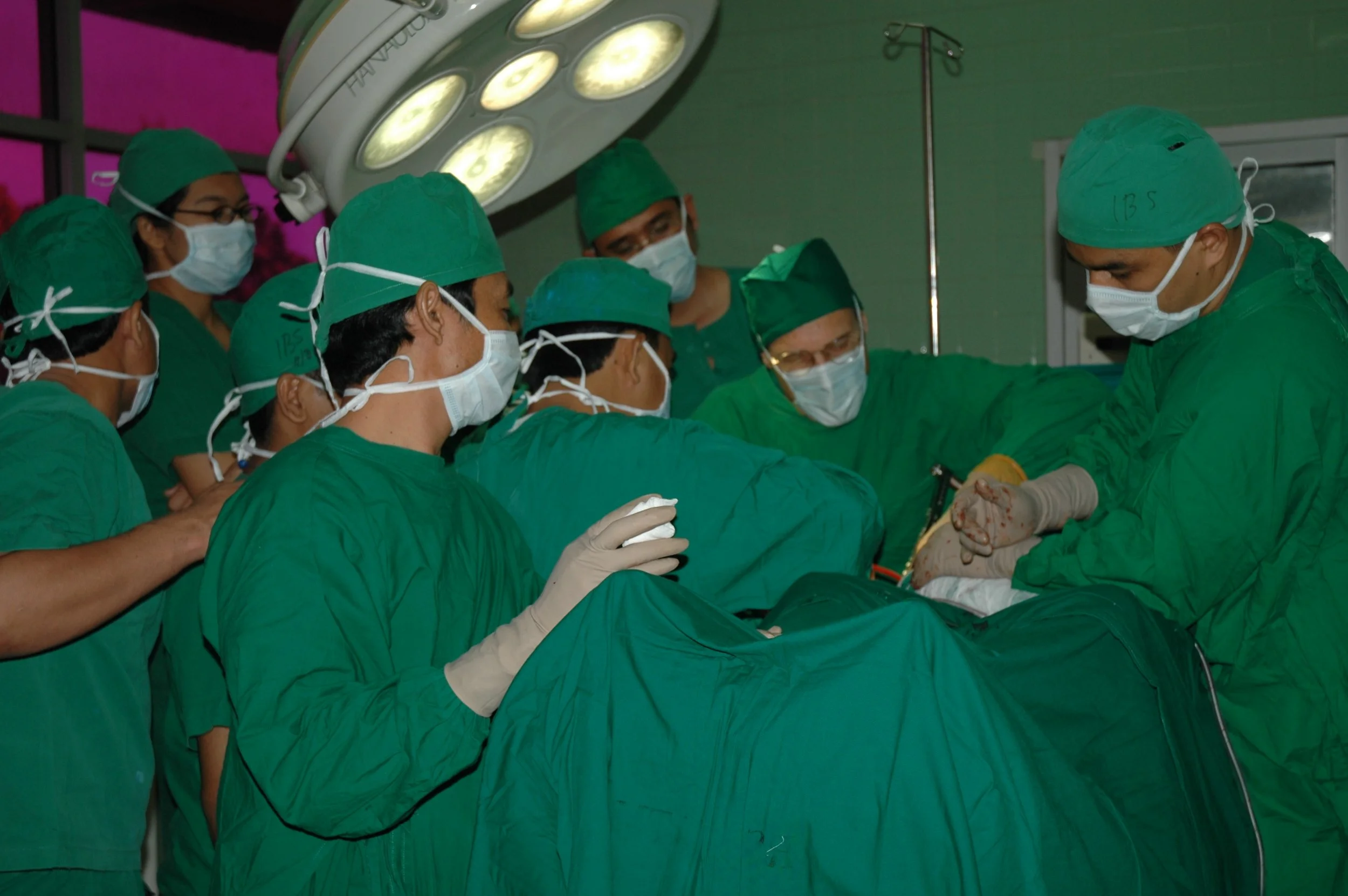Targeting Disaster Zones: An Evolution of SIGN’s Crisis Response
By Adam Pilger, SIGN Communications Specialist
SIGN Implants and Instruments are ideal for treating patients who suffer injuries resulting from natural disasters. Since the SIGN Technique does not require electricity, surgery can be performed in mobile hospitals. Over the years, SIGN’s disaster response has evolved from traveling to provide delayed patient care into empowering local doctors to be first responders using the SIGN Technique.
Direct Response
Initially, SIGN relied upon a reactive approach to natural disaster relief. When a disaster struck, the SIGN Team arrived one to two weeks later with implants and instruments. This model was followed for the Indonesian earthquake and tsunami in 2004, and for the Pakistani earthquake in 2005. However, SIGN Founder Dr. Lewis Zirkle found older fractures difficult to fix, leading to longer and complicated surgeries.
The devastating earthquake that struck Haiti in 2010 prompted an immediate response from both SIGN and other US doctors. As a result of the hurried response, some US doctors made surgical decisions that negatively impacted patients. In reaction, the Haitian government became more selective of the medical providers coming into the country. Haiti’s example led other countries to adopt similar measures.
Proactive Planning
SIGN’s experience in Haiti became a turning point in natural disaster response. Dr. Zirkle decided a proactive plan was required to provide care for patients in countries at-risk for natural disasters. Dr. Zirkle partnered with geologists from Pacific Northwest National Laboratory (PNNL) to pinpoint regions in imminent danger of natural catastrophes. Dr. Zirkle and the SIGN Team then prioritized establishing SIGN Programs in these countries, which equipped local surgeons to become first responders in their own communities.
Nepalese SIGN Surgeons quickly responded
after an earthquake in 2015.
Nepal was one country identified as high-risk for earthquakes. The majority of Nepal’s 11 SIGN Programs were purposefully established following Dr. Zirkle’s research with PNNL.
After an earthquake struck in May of 2015, Nepalese SIGN Surgeons mobilized their own response and care without outside assistance. The surgeons simply requested donated supplies to continue their work. Afterwards, the doctors organized a conference to discuss their response, identify areas of improvement, and to inform SIGN of their successes.
SIGN’s disaster relief demonstrates SIGN’s commitment to improving fracture care. Sadly, many of these countries will continually experience natural catastrophes. But by training local surgeons and providing an ongoing supply of orthopaedic instruments and implants, SIGN offers sustainable solutions for responding to natural disasters and the daily trauma caused by falls and traffic accidents.
We hope you enjoy this journey back through SIGN’s history. As we move through 2024, there will be a historical highlight in each newsletter, bonus email messages, and social media posts. If there is something you are interested in learning more about, please email us at info@signfracturecare.org
In honor of SIGN's 25 years of healing, would you consider making a monthly gift of $25 or more?
Check the "Monthly" box and type in your gift amount on the donation form.
Discover more!
Throughout the year, remember your support of SIGN with background images for your computer or phone.
Discover events that shaped SIGN in a historical timeline.



